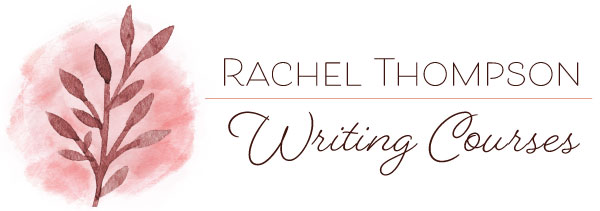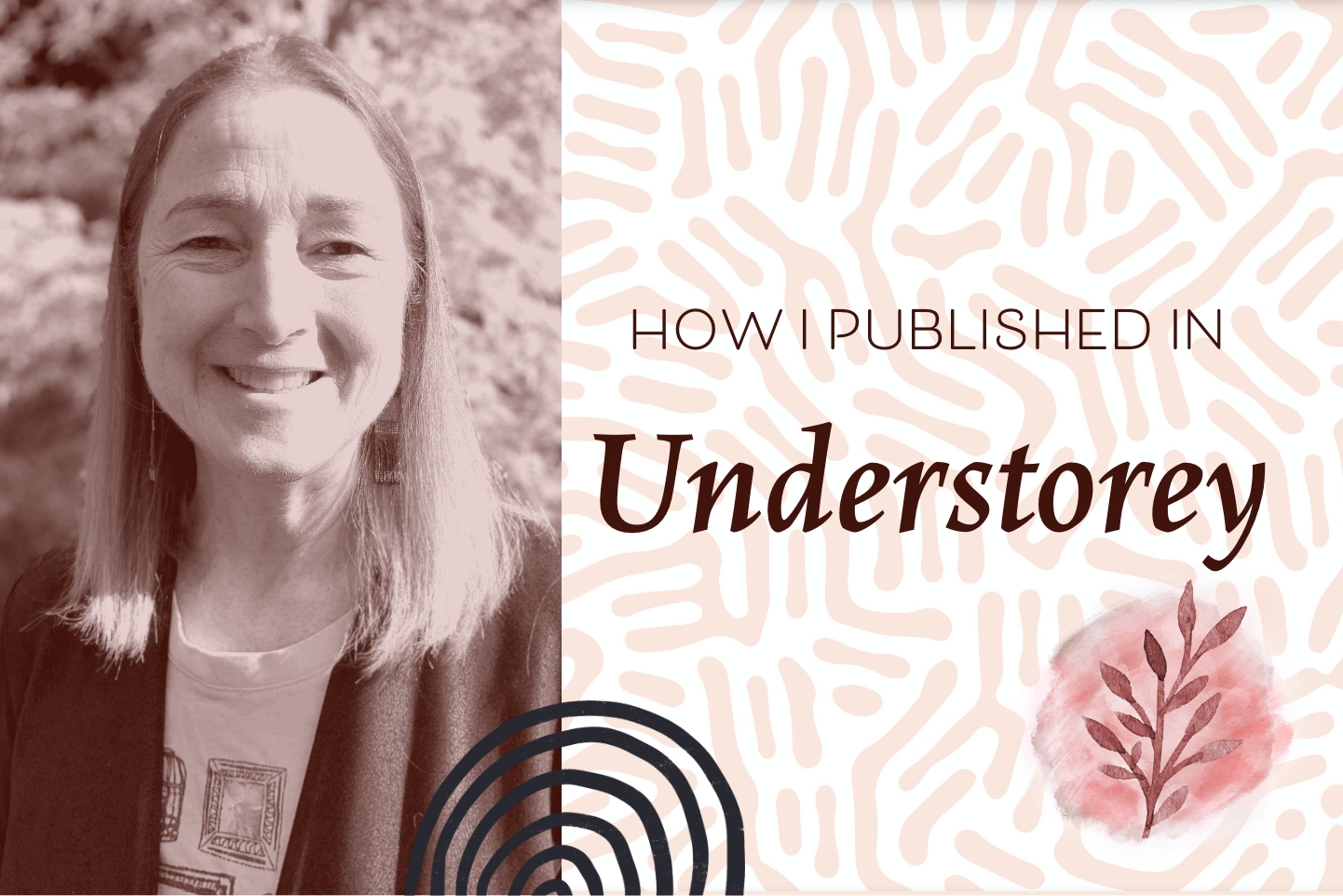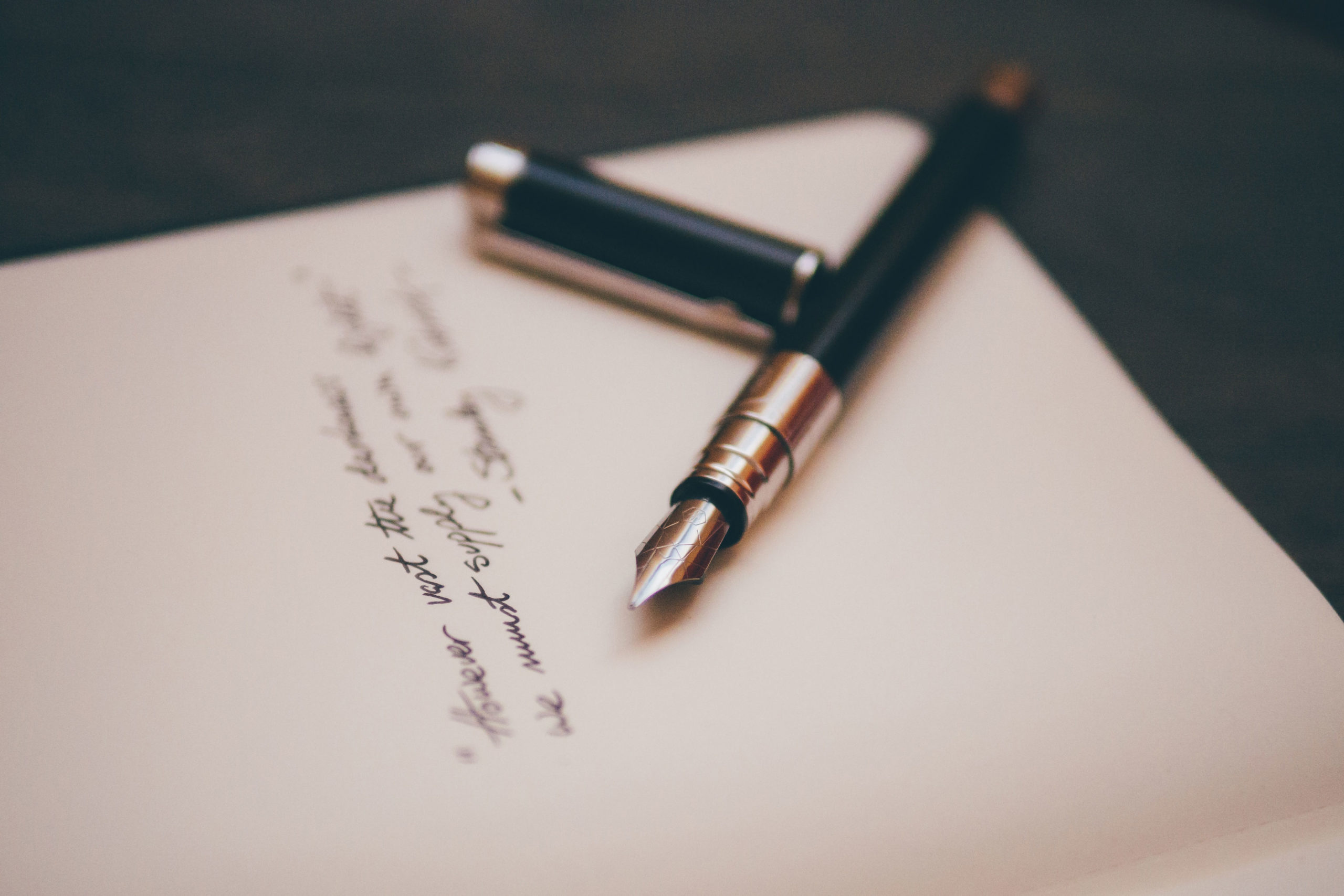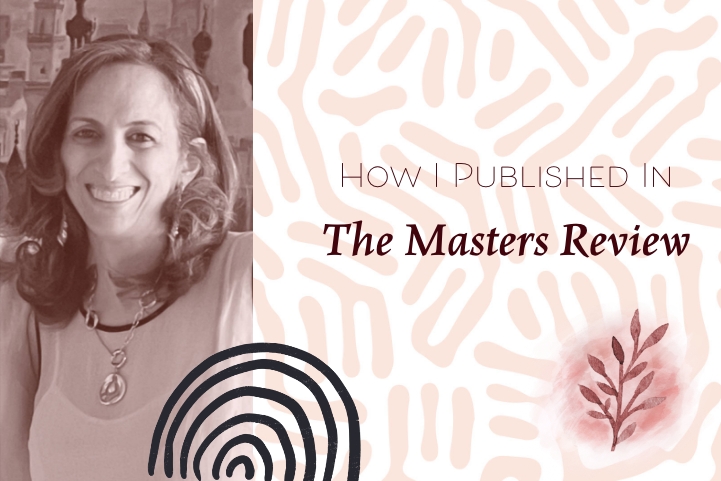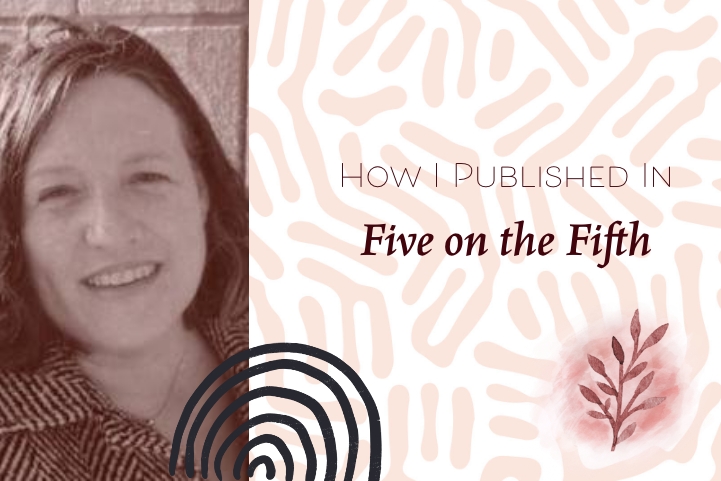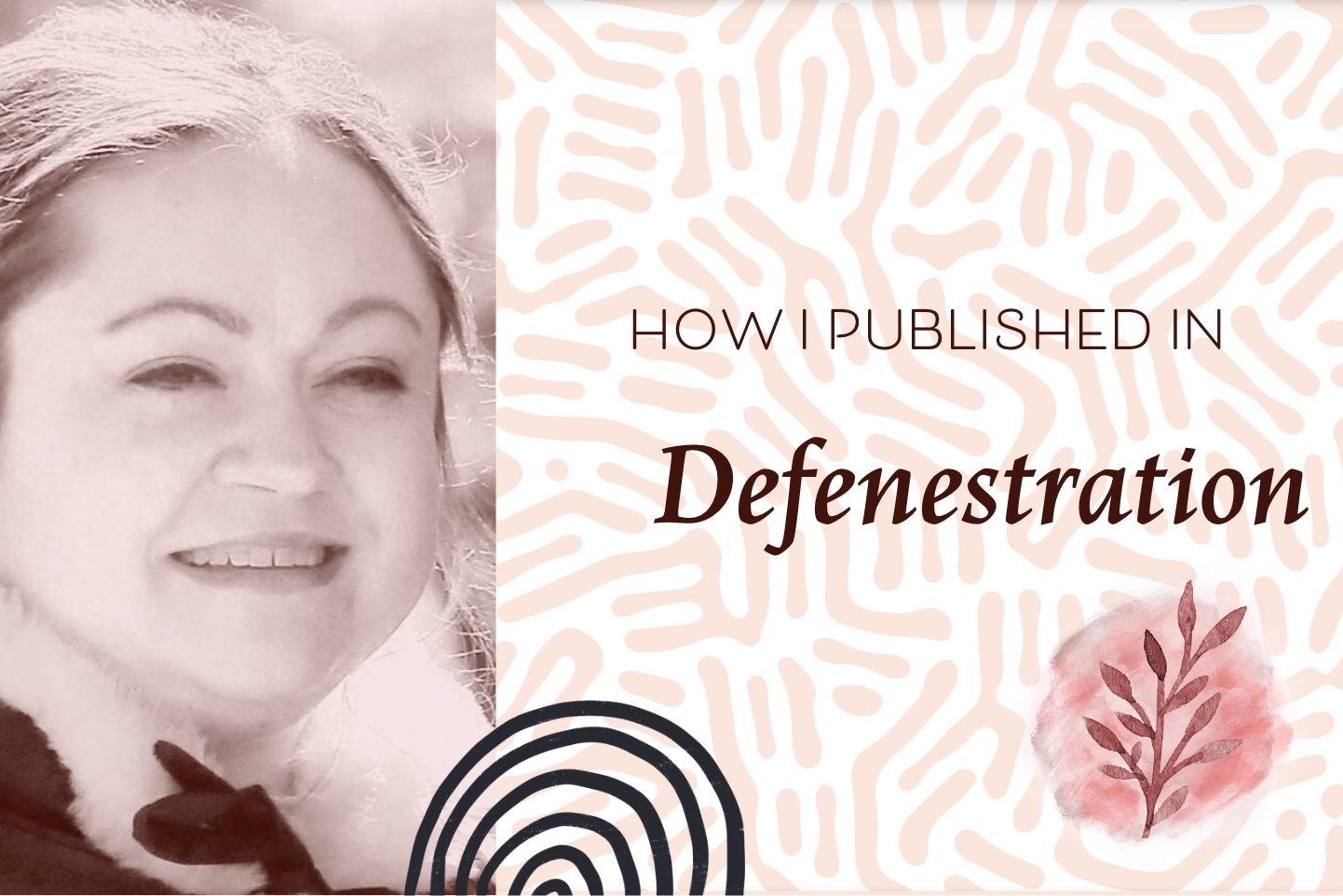by Astrid Egger
In 2016, Understorey formed a partnership with the Alexa McDonough Institute for Women, Gender and Social Justice (AMI). (Sadly, Alexa McDonough passed away in January. The institute named after her is one of her many legacy projects.) Their vision is to sustain a relevant, accessible, and aesthetically beautiful venue that illuminates the life experiences of writers and artists in Canada who identify as women or non-binary.
Understorey accepted my piece, “A Pinch and a Wiggle”, for their Rural and Remote Living issue. After their acceptance, I reviewed a contribution agreement and approved one minor change the editor requested that didn’t alter the piece. The editor also accepted my suggestion for an illustration.
Publication with Understorey was a two-stage process: first for the online edition where they offer writers the opportunity to publish an Mp4 file. As the reading time was around the ten-minute mark, I was able to record this on my cellphone without a need for purchasing or downloading specific software. This recording was another tiny step of skill-building, as I had never paid attention to audio files before. The print edition came out about a month later.
I am an emerging writer and don’t have much experience with publication or writing yet. It can seem daunting when you are a bit older and won’t have decades to improve your craft ahead of you. Still, I believe that we can remain relevant and submitting our stories to anthologies or theme-based issues is a good strategy to participate in the literary discussion.
As you research magazines it can be tempting to set yourself an overly ambitious goal for submissions. Time away from a story or an article or a poem is a must. Give yourself the reward of a walk, or time to move through a difficult emotional response. Deliberation followed by careful action is more satisfying than a hurried move.
There are days or times when you might not be able to carve out time for writing. Acceptance of those instances as a chance to regroup and rest can be difficult. Yet, learning to be kind to yourself is the deepest part of growth.
Years ago, I wrote a community column in a newspaper until I stopped due to a rewarding but exhausting day job. However, I’d still savour poems, short stories, novels, or articles. I also volunteered by organizing reading series for our local arts council.
Finding that kind of connection to writing proved essential. After years of telling myself that I didn’t have anything worthwhile to write about, I was willing to let others be the judge of this assumption; granted my writing wasn’t innovative, but someone might enjoy reading my stories.
Writing is our way of making sense of our experiences, questioning assumptions, or searching for a new direction, and it can be difficult and rewarding.
Community–and here I am speaking about the community of writers and readers—is where we can find support and affirmation. We all can become good beta readers; we can become better at being honest, with respect, and helpful to other writers.
In Rachel Thompson’s Writerly Love community, I am enjoying a monthly discussion of craft books. My fellow writers talk about what elements of the monthly craft book make sense for their writing practice and suggestions they have found helpful. And when I need an energetic boost, I tune into the Guided Writing sessions to stay connected with others.
Rejection is a shared experience of many writers and staying open to the idea that we cannot correctly guess the reasons for a rejection letter, that none of them are about you as a person, is vital.
One of my take-aways from the Lit Mag Love course was that there is only a certain percentage (between 3 and 5 %) of submissions that a magazine will be able to publish. So, statistically, rejections are part of the course. It helps to know how many times some terrific writers have been rejected and how they kept at it.
My writing so far isn’t genre-bending, even though this kind of writing appears in demand. Rather than trying to fit into this aesthetic choice, I seek to improve my work and keep going. Once or twice a year, I’ll enter a contest where the submission fee buys a yearly subscription. Sure, I can just order the magazine, or I can challenge myself to enter a piece and feel that I have earned my sub. That is if I’m okay with dedicating the piece to the hold queue until the magazine announces the winners, whereafter I’ll review the piece once more before I send it out as a simultaneous submission.
I have researched self-publishing and marketing, but at this point, the effort of sending out stories and collecting rejections versus learning about publishing and finding illustrators seems less onerous. Though, I admire writers who have the energy and drive to do this. The advantage of self-publishing is the control a writer maintains over layout and presentation.
Even if you don’t have the chance to become a reader for a magazine, you do have a chance to respond to what you read. If we imagine that we had to name our five most loved stories of the month, some of us would have a tough time. Whom would we reject, due to space constraints? We have five lines, and how would we justify our selection? (Book clubs or just your own personal reading can come into this idea of selection as well.) You are making a choice, and still, the hundreds of writers out there who didn’t make it on your five favourites list aren’t wrong, unskilled, or unimportant. So, as a potential juror, we’d have a difficult job ahead and wouldn’t want to cut down other writers.
I recommend playing this game once, honestly, with an anthology or a lit mag to see how you feel and if it reframes the idea of rejection for you.
Here are some other places where I’ve published work or am submitting my writing:
- Sleet Magazine
Sleet is an online publication out of Minnesota. They published my story “Kintsugi” in their winter infrastructure issue in 2022. During the Lit Mag Love course, I established a list of twenty potential magazines to submit to. I read a few issues and decided that my writing might be a good fit. - Tint Journal
Tint is the first online literary journal with an explicit focus on writers who produce creative texts in English as their second or non-native language. That doesn’t mean that there isn’t an editorial selection process. - Grain
The journal of eclectic writing. The first lit mag I chose to follow as a reader and return to over the years. - Minola Review
I learned about this magazine through Writerly Love and enjoyed reading the magazine.
Astrid Egger lives in Daajing Giids (Queen Charlotte, British Columbia) on the traditional and unceded territory of the Haida Nation. Her preferred way of procrastinating on housework is to conjure up characters and follow them through sticky situations. She is a long-term volunteer with the Haida Gwaii Arts Council.
